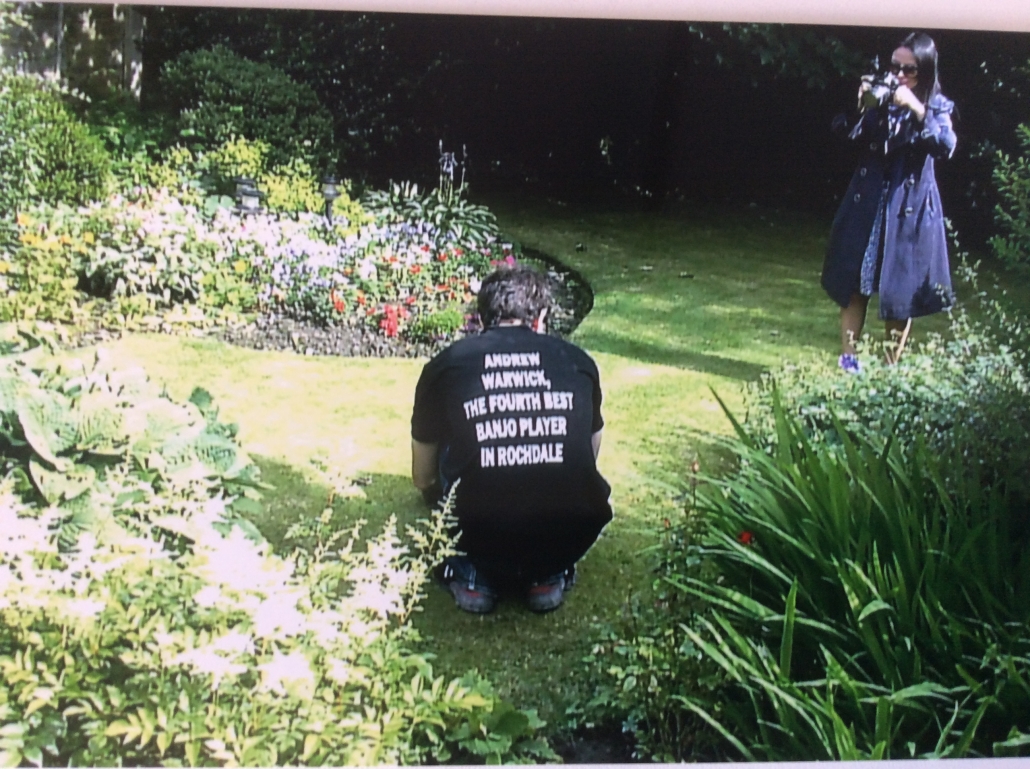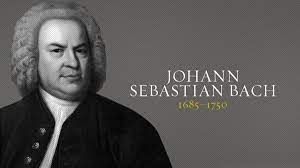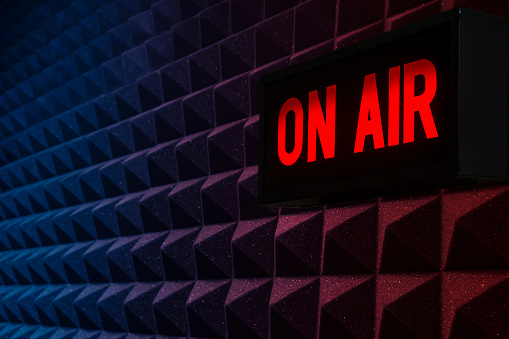day one Sidetracks And Detours inaugural Bluegrass music in text Festival 2022 opened by ONE-TIME FOURTH BEST BANJO PLAYER … in Rochdale
Sidetracks And Detours
inaugural Bluegrass music in text Festival 2022
opened by
ONE-TIME FOURTH BEST BANJO PLAYER
… in Rochdale
Norman Warwick conducts an exclusive interview with his son.
WHO is the fourth best banjo player in Rochdale, and what was that phrase all about?

I hope it’s still me, unless a new banjo player moved to the area, taking the banjo-playing population of Rochdale to five. In which case I’ve been demoted. It started as a tongue-in-cheek response every time my wife complained about my banjo playing in our tiny, two-room apartment: “I’ll have you know I’m the fourth best banjo player in Rochdale!” It stuck. We have since moved to a much bigger apartment, she complains only slightly less frequently, and I am still the fourth best banjo player in Rochdale. I know I am because my wife bought me a t-shirt with that logo proudly proclaimed, and I still wear it, unchallenged.
WHO are the musicians you are selecting from as you look for new stuff to play? And how many of those did you first identify from my music collection???

At the moment I’m focusing on particular types of songs, as opposed to musicians. I’m working on two different “collections” to add to my repertoire. The first I would describe as ´songs that are bluegrass, but weren’t´. Technically speaking, bluegrass came into being in 1948 when The Stanley Brothers recorded Molly Ánd Tenbrooks in the style of Bill Monroe and the Bluegrass Boys. Before that it would have just been people playing in their own similar styles, songs passed on through aural tradition, with individual variations added. I’m interested in the songs which have come to be considered as bluegrass canon, but originally came from other musical traditions. These are very often fiddle tunes, of Scottish or Irish origin, such as The Devil’s Dream, or Soldier’s Joy. So while bluegrass is considered American roots music, it has its roots elsewhere.

The second group of songs I would call ´songs which shouldn’t sound good on the banjo, but do´. The use of drone strings mean you can sort of recreate the bagpipes or the uilleann pipes, so songs like Scotland The Brave and Wild Mountain Thyme suit the five-string banjo. Also, the ability to add vibrato, like a cello, means that classical music sometimes works well, like Bach’s Minuet in G or Cello Suite No. 1. (left)
Eventually, I want to start working on finger-style songs by the great singer-songwriters from your collection. So if I can get through the fiddle tunes and the classical tunes, without getting killed or caught, its Guy Clark and Tom Paxton all the way.
WHAT is the ´rhythmic trance´ you feel when you are playing?
On a most basic level, it’s the feeling of being locked in to the beat. Any player, singer, dancer, or anyone clapping along and physically interacting with music feels it. The rhythm is always there, but you don’t pay conscious attention to it. When you are locked in, it feels like home, and you don’t want to leave.
On a deeper level, sometimes when I am playing I will zone out. I start my metronome, start playing, and everything fades into one. I snap out of it sometime later and realize the metronome has run out of juice. That is at least fourteen minutes, and for that time I’m unaware of everything, except the rhythm and the melody.
Trance is probably endemic to humankind. It has been used by preachers, teachers, charlatans and heathens throughout history. It can be induced through chemical means, or auditory means. The Spartans were the first (that we know of) to use drums in a military setting, almost certainly to induce a collective trance. Other military forces then added other instruments over the rhythm to add melody, and rhythmic trance still features in the military today (think of American marching chants). Also work songs from the slave states of America, and shamans the world over. It is my contention that rhythmic trance is so powerful in getting people to become a collective, because not only is trance endemic to humankind, but so is rhythm.
WHEN did you move to banjo from guitar take place and why?
Well, I did so because I can’t sing, basically. Or rather, I can’t sing YET. To me, the banjo works better as a solo instrument. Finger-style guitar is great solo, but it seems like a long journey to get there. I wanted to play an instrument that sound good solo, so about fifteen years ago I started looking for something that suited me better than the guitar. I also wanted something that’s not so ubiquitous as the guitar. We’ve all been at house parties where someone picks up a guitar and says “anyway, here’s Wonderwall,” but how many of us have been to a party where someone picks up a banjo and says “here’s Sweet Home Alabama?”
WHERE in your home do you play and WHERE does your music take you when you play? Do you find yourself in the ´Appalachian Mountains of South Korea´ where you now live?
I practice in my office at home, but if I am just playing for fun I will go out on the terrace. The banjo seems like a front porch or back garden sort of instrument, but living on the 33rd floor, I don’t have either. The terrace is the next best thing. My banjo has been to many places with me, from the forests of the Philippines, to the beaches of Fiji. Although the beaches of Fiji are the most beautiful places on earth, I never think of there when I’m playing. I usually find myself thinking of somewhere outdoors, usually the mountains of Korea. The banjo definitely feels at home in the mountains.

WHY are there traces of banjo influence in so many genres of music around the world. WHAT does a banjo add to a musical mix?
Well, it’s got a long history. The banjo is originally an African instrument (right), and would have been made from gourd, goatskin and a big stick. Similar instruments are found in many musical traditions around the world, with similar sonic qualities to the banjo.
I´ve read on line of a musician called Laemouahuma Daniel Jatta who says his father was born with an instrument called an akontine . This was part of history for Jatta. Originally from Gsmbia, and is a member of the Jola people. He is now in his fifties but still rfemebers and loves the akonting, a three stringed instrument with a long neck and a body made from a calabash gourd with a goat skin stretched over it.
Jatta’s father and cousins played the instrument, but Jatta didn’t think that much about it himself until 1974, when he was visiting the U.S. from Gambia, attending a junior college in South Carolina. He recalls watching a football game on TV with some of the other students.
When the football ended, there was this music program from Tennessee, and they called it country music, Jatta watched. the program and saw the modern banjo being used. And the sound just sounded like his father’s akonting.”
The banjo is a very versatile instrument. It can provide pure rhythm by vamping (what mandolin and fiddle players call “chopping”), it can play accompaniment to a vocalist of another solo instrumentalist, or it can take the solo itself. It can also be a very subtle instrument. I know in jam sessions it often isn’t, and yes I’ve heard all the jokes. What’s the difference between a banjo and an onion? Nobody cries when you cut up a banjo.That’s not the banjo’s fault.
HOW much does music mean to you as a player and as a listener?

Music is always in my head, no matter what I am doing. On a more conscious, deliberate level, music is a means of connecting and communicating with anyone. I’ve played bongo drums in the Raffles Hotel Bar in Singapore at one a.m. and I’ve played “This Little Light of Mine” with a bunch of fundamentalist Christians, even though I’m a heathen non-believer. Music should bring joy. Sometimes it takes a while to get there (I’m looking at you, “Hurt” by Johnny Cash) but we get there eventually. As a player that joy comes from losing yourself in the rhythm and the melody, collectively or alone.
Andrew Warwick, lives with his wife and business partner Sue, and their daughter Olivia, and their two dogs Mango and Tango in Seoul, South Korea. Andrew and Sue are the founding directors of The Warwick Academy.

With regard Andrew´s closing comment there, I am reminded of Jorge De La Roche (right) , a double bass player and sound-creator from Barcelona. We saw him in concert in February and bought a copy of his third cd, Being Lost As Usual. Look out for an exclusive interview with him in the next couple of weeks.

Prepare for `stormy emotions` this week when our friends at Hot Biscuits jazz show broadcast an episode that includes Sarah Moule with extracts from her recent CD. Also included is Frank Griffith who is traveling light, Joe Downard with Japanese tales, Benjamin Faugloire Project, La Demoisie and finishing with the Michael Feinberg Project asking the question, `where do we come from?` Presenters Steve Beiwck and Gary Heywood Everett will puillit all together, so If this sounds interesting why not share the word and tune in 24/7 for our weekly shows starting Mondays at




Leave a Reply
Want to join the discussion?Feel free to contribute!